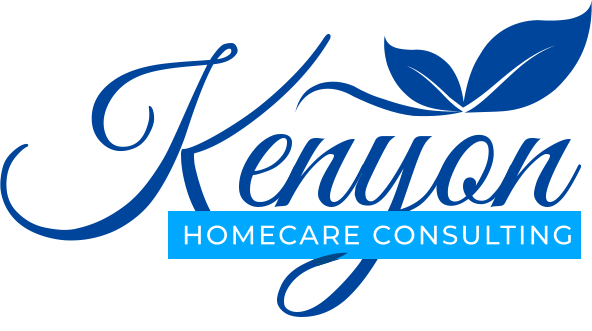Sometimes Updating Policy And Procedure Manuals Can Lead You Into What Seems Like An Abyss Of Regulations. Time To Make It Easier!
When your policy and procedure manual is out-of-date, it really can seem like a never-ending abyss to clean it up. If it has been a long time since you thoroughly went through you manual, then consider whether to update a current one or buy a new one. Let’s look at some pros and cons of both.
Update Your Policy And Procedure Manual Versus Buying A New One:
Obviously, if you keep up on your policy and procedure manual, buying a new one is a moot point. As changes occur in regulations, you have updated policies accordingly. As operations change, you make the updates in your manual to match. Unfortunately, based upon our experience with agencies around survey time, this is not normally the case. We saw agencies who never updated manuals to reflect the COP changes in 2018. So, if agencies didn’t keep up with regulations to comply with the biggest changes to the Medicare program in 20 years, it is not shocking that the rest of the manual was outdated. It is not uncommon for us to be in agencies and see manuals that have some of the exact same policies in place from over 30 years ago. It is unrealistic to think that a large chunk of policies would remain the same if you are actively using your manual to assist in running your business. Too many things change in this industry. The result is many agencies got condition level deficiencies during that process. Some still aren’t truly in compliance.
If you are in that boat, then the process of getting a very out-of-date manual up to par is time consuming and cumbersome. You really should consider purchasing a manual online that is complete with federal and potentially all your state regulations. If you have never ordered an online manual, then let’s look at the process and how it is the solution for so many agencies with non-compliant policy and procedures.
Purchasing An Online Manual:
First, always contact the vendor to ensure you are choosing the right manual for your business. Many vendors sell multiple service lines with and without state specific rules. Do not make the mistake and choose the wrong one by accident. You do not want to have to purchase a second manual if you bought the wrong one by mistake. These manuals come as a download to you normally in an email. You want one that is completely customizable online so you have the ability to tweak things along the way.
Now that you have your manual, you need to begin the customization process. Agencies that purchase online manuals and do not edit them are just as much as risk for citations as those that are out-of-date. You need to go through the manuals which are completely up-to-date with regulations and add the specifics of how your agency complies with that policy. You need to add if a specific job title is responsible to carry out something in that policy. Some policies will not need anything changed, but you need to go through it and make sure. It is also a very good way to familiarize with regulations if you have become out of touch with them. If you bought a manual that only includes the federal regulations, then you will need to add anything state specific in order to comply as well.
Kenyon Homecare Consulting Has Your New Online Manual Available Today!
At Kenyon Homecare Consultin g, we have a comprehensive offering of manuals for homecare, home health and hospice. We offer accreditation ready and some with the state regulations included. Call us today at 206-721-5091 on contact us online to get your easy to customize manual today! Don’t waste a ton of time trying to resurrect and old manual because it will cost you a lot more than you think to get it ready for survey.
Results Based Consulting
Did you find value in this blog post? Imagine what we can do for your home care or hospice agency. Fill out the form below to see how we're leading the industry with innovation, affordability, and experience.
Contact Us
We will get back to you as soon as possible.
Please try again later.









Kenyon Home Care Consulting now provides policies and procedures manuals for download which accurately reflect how to run your agency. Our manuals are formatted to guide you in an organized and step-by-step manner.
Get Accredited.
Pass Your Audits.
Specialized Training.
The content on this website should not be taken as professional advice, and terms are subject to change.
The content on this website doesn't constitute as consultant client relationship.

